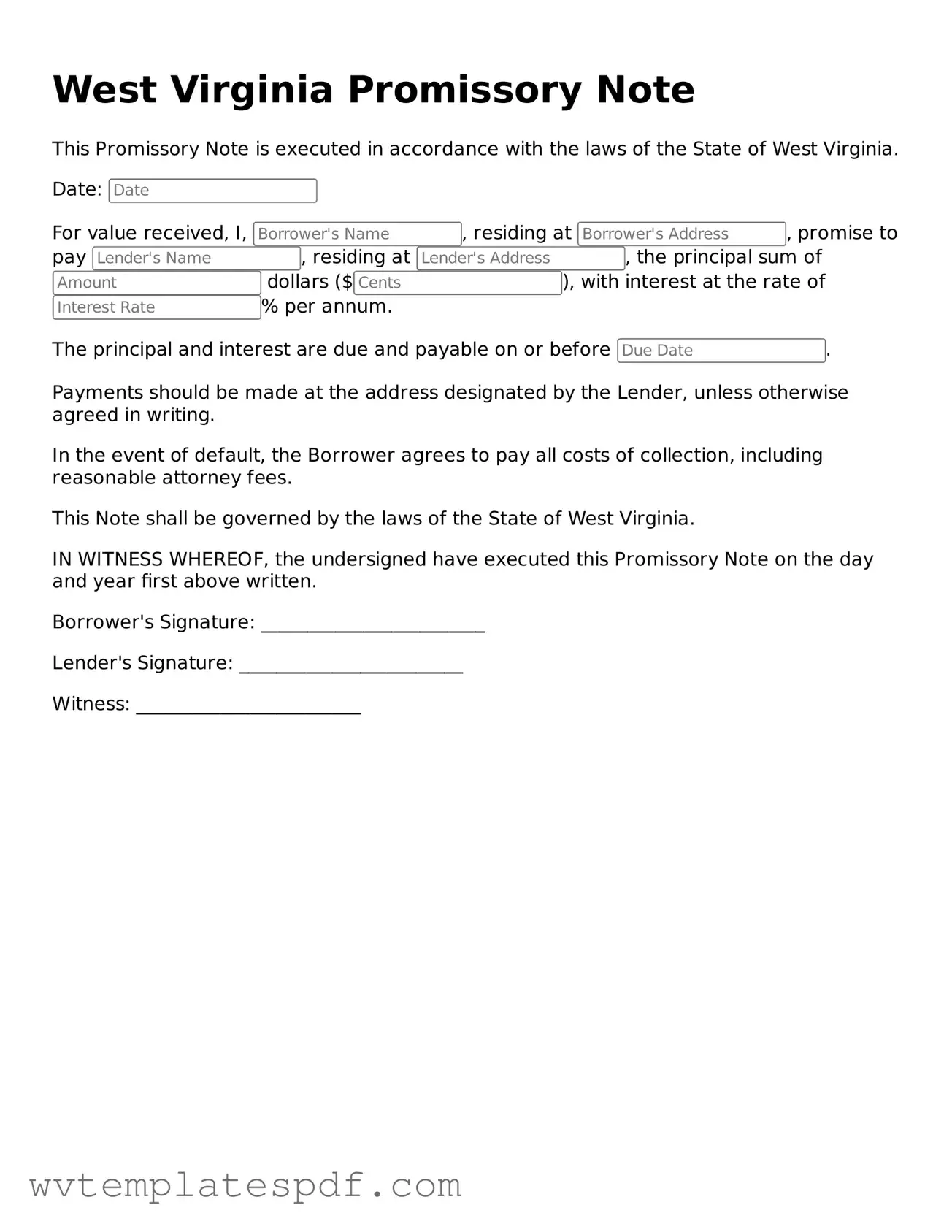Attorney-Verified West Virginia Promissory Note Template
A West Virginia Promissory Note is a legal document in which one party promises to pay a specified amount of money to another party under agreed-upon terms. This form serves as a written record of the debt and outlines the repayment schedule, interest rates, and any other relevant conditions. Understanding this document is crucial for both lenders and borrowers to ensure clarity and enforceability in financial transactions.
Open Editor Now
